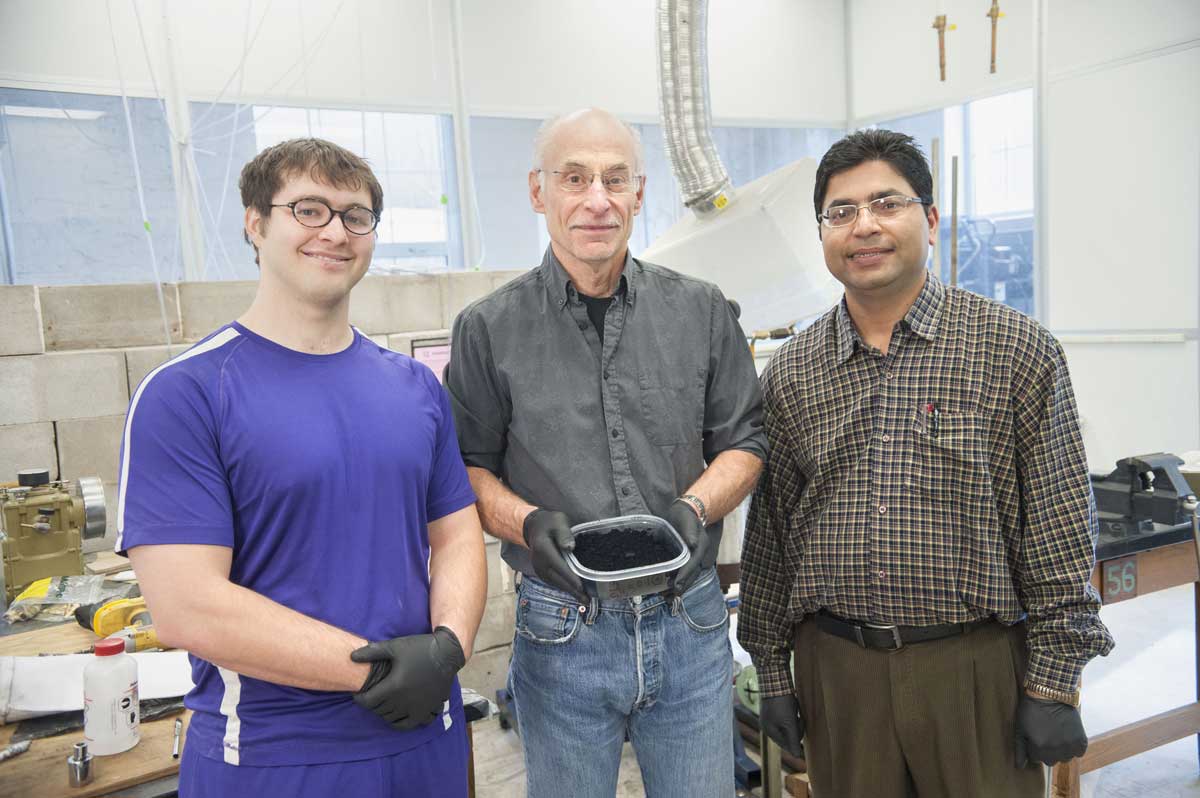
Graphene Production – How to Produce Graphene Material
Graphene has recently been welcomed as the future’s miracle material. Graphene is a material that is a one-atom-thick graphite sheet, and it is created from elemental carbon. A lot of researchers and scientists think that graphene is one of a kind because of its properties. These unique characteristics are all because of how the material’s carbon atoms are stacked together. Its carbon atoms are compactly placed, following a hexagon arrangement. The arrangement graphene has is famously known as the “benzene ring”.
Mass Production Graphene at a More Budget-Friendly Cost
Most researchers and scientists thought that manufacturing graphene would be too costly. However, a recent discovery by physicists from Kansas State University shows that there might be a way to mass-produce graphene at a more budget-friendly cost. This new discovery will just take three simple materials: hydrocarbon gas, oxygen, and a spark plug.
This method, which was led by an inventor named Chris Sorensen, had already been applied and received a patent for, uses a restrained explosion of carbon-filled materials. Essentially, oxygen and acetylene or ethylene in one gas chamber, where the explosion, with the use of a spark plug, will happen. After the explosion, graphene is molded. The entire process can be easily done, inexpensive, and can blow up quickly for industrial utilization.
Viable Process to Make Graphen
“We have discovered a viable process to make graphene,” Chris Sorensen said. “Our process has many positive properties, from the economic feasibility, the possibility for large-scale production and the lack of nasty chemicals. What might be the best property of all is that the energy required to make a gram of graphene through our process is much less than other processes because all it takes is a single spark.”
Apart from all this, the method produces graphene in bulk. Sorensen’s method produces grams of graphene instead of milligrams. Sorensen discovered this method while he and his team were working on carbon soot aerosol gas gels and accidentally produced graphene.
There are different ways of using graphene. As stated above, graphene’s uniquely built properties gave the material its characteristics. It is amazing how graphene is versatile yet at the same time is the world’s strongest material. Graphene is also considered as the world’s most conductivity material — this simply means that graphene lets power flow faster and smoother than any other material. However, graphene’s conductivity does not stop at electricity. Graphene can conduct up to 10 times more heat than copper.
With all these characteristics, graphene has surely piqued the interest of many researchers, scientists. Graphene has the potential to revolutionize industries all over the world. The material can easily dominate the fields of electronics, engineering, aeronautics, medicine, and many more. The range of fields graphene has the potential to influence is more than enough to draw in businesses and researchers.
